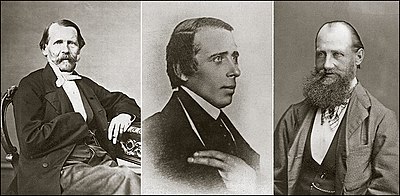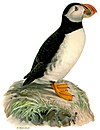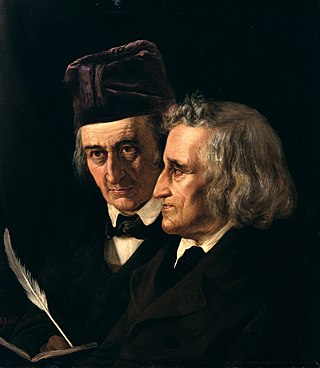
The Brothers Grimm, Jacob (1785–1863) and Wilhelm (1786–1859), were German academics who together collected and published folklore. The brothers are among the best-known storytellers of folktales, popularizing stories such as "Cinderella", "The Frog Prince", "Hansel and Gretel", "Little Red Riding Hood", "Rapunzel", "Rumpelstiltskin", "Sleeping Beauty", and "Snow White". Their first collection of folktales, Children's and Household Tales, began publication in 1812.
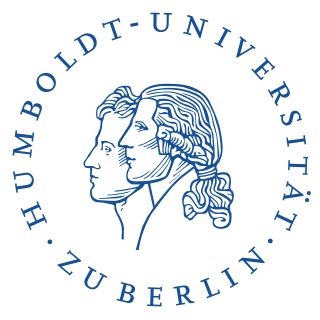
The Humboldt University of Berlin is a public research university in the central borough of Mitte in Berlin, Germany.

The epithet Nazarene was adopted by a group of early 19th-century German Romantic painters who aimed to revive spirituality in art. The name Nazarene came from a term of derision used against them for their affectation of a biblical manner of clothing and hair style.

The Order of the Black Eagle was the highest order of chivalry in the Kingdom of Prussia. The order was founded on 17 January 1701 by Elector Friedrich III of Brandenburg. In his Dutch exile after World War I, deposed Emperor Wilhelm II continued to award the order to his family. He made his second wife, Princess Hermine Reuss of Greiz, a Lady in the Order of the Black Eagle.
The Düsseldorf School of painting is a term referring to a group of painters who taught or studied at the Düsseldorf Academy roughly between 1819 and 1918, first directed by the painter Wilhelm von Schadow.

Archduke Leopold Wilhelm of Austria, younger brother of Emperor Ferdinand III, was an Austrian soldier, administrator and patron of the arts.
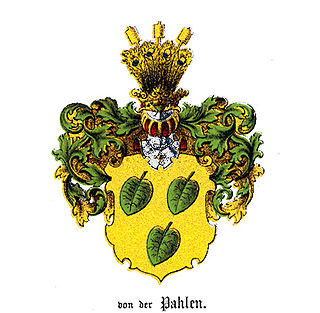
The House of Pahlen is an old German, Estonian, Russian, Lithuanian, Swedish and Baltic German noble family of Pomeranian origin.

Franz Gerhard von Kügelgen was a German painter, noted for his portraits and history paintings. He was a professor at the Dresden Academy of Fine Arts and a member of both the Prussian and Russian Imperial Academies of Arts. His twin brother, Karl von Kügelgen, was also a painter of note.

Magnus von Wright was a Swedish-Finnish painter and educator. In addition to bird illustrations, he was also known for his landscapes.

Maria Anna Josepha of Austria was an Austrian archduchess who became Electoral Princess of the Palatinate as the wife of Johann Wilhelm, Elector Palatine.

Ferdinand von Wright was a Finnish painter - He is best known for his landscapes and animal paintings, especially his detailed depictions of birds, but he also created still-lifes and portraits.

The von Wright family is a Swedish and Finnish noble family founded by the Scotsman George Wright, who emigrated from Dundee to Narva in Swedish-ruled Estonia, in the mid-17th century, Wright's grandsons by his son Henrik would acquire the nobiliary particle von Wright.
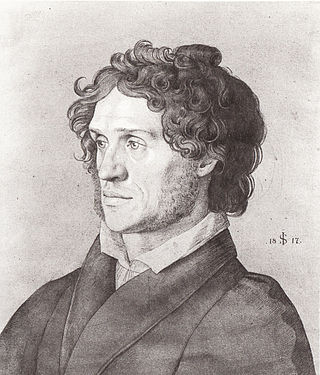
Johann Heinrich Ferdinand Olivier (1785–1841) was a German painter associated with the Nazarene movement.
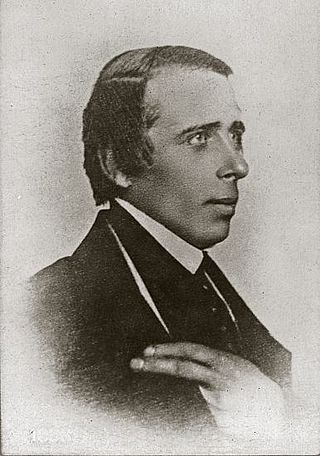
Wilhelm von Wright was a Swedish-Finnish painter and amateur naturalist.
Kuopion maalaiskunta was a municipality in eastern Finland in Kuopio Province. The municipality was disbanded in early 1969. Most of the area of Kuopion maalaiskunta was connected to the city of Kuopio, but two villages of Kuopion maalaiskunta, Kehvo and Väänälänranta, were connected to Siilinjärvi. There were 8,496 inhabitants in Kuopion maalaiskunta at the last census.
The Wright brothers were American inventors of the airplane, Orville (1871–1948) and Wilbur Wright (1867–1912).

Große Berliner Kunstausstellung , abbreviated GroBeKa or GBK, was an annual art exhibition that existed from 1893 to 1969 with intermittent breaks. In 1917 and 1918, during World War I, it was not held in Berlin but in Düsseldorf. In 1919 and 1920, it operated under the name Kunstausstellung Berlin. From 1970 to 1995, the Freie Berliner Kunstausstellung was held annually in its place.
This page is based on this
Wikipedia article Text is available under the
CC BY-SA 4.0 license; additional terms may apply.
Images, videos and audio are available under their respective licenses.
